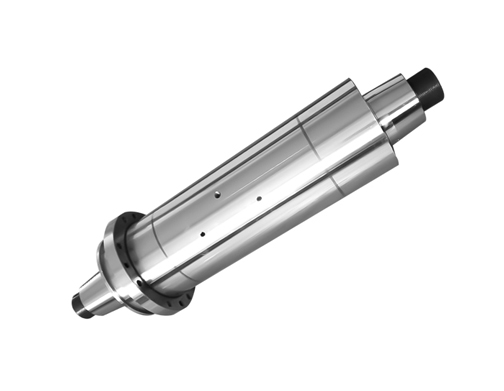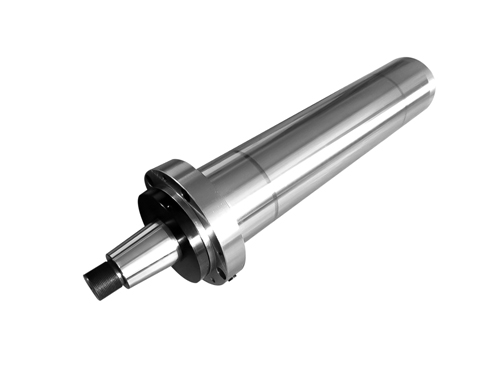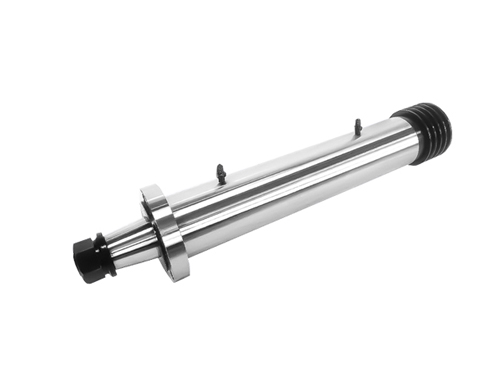The cylindrical roller ball surface grinder is a specialized equipment for high-precision grinding of the roller ball surface (the curved surface where the roller contacts the inner and outer rings) of cylindrical roller bearings. Its application scope mainly focuses on fields with strict requirements for roller geometric accuracy and surface quality. The following is a detailed analysis of its core application scope:
1. Bearing manufacturing industry
High precision bearing production:
Used for processing cylindrical roller bearings, tapered roller bearings, self-aligning roller bearings, etc., to ensure the roundness, roughness (Ra ≤ 0.05 μ m), and contour accuracy of the roller ball base surface, which directly affects the bearing capacity and service life of the bearings.
Roller repair and remanufacturing:
Grinding and repairing worn or deformed rollers to reduce scrap rates, suitable for bearing maintenance enterprises and circular economy scenarios.
2. Automotive industry
Key component processing:
The rollers in automobile engines, transmissions, and wheel hub bearings need to withstand high loads and complex working conditions. Grinding machines can produce precision rollers that meet the ISO/TS 16949 standard.
New energy vehicles:
Drive motor bearings require higher roller accuracy and support micrometer level size control.
3. Machine tools and precision machinery
Main shaft bearing rollers:
The spindle bearings of machine tools require high speed and low vibration, and the roller ball base surface needs ultra precision grinding (shape error ≤ 0.3 μ m).
Industrial robot joint bearings:
Processing high rigidity and wear-resistant rollers to meet the requirements of repeated positioning accuracy.
4. Aerospace and Defense
Extreme working condition bearings:
Used for aircraft engines, missile gyroscopes, etc., rollers need to withstand high temperatures and high impacts, and grinding machines support processing of special materials (such as high-temperature alloys).
Vacuum environment application:
In the satellite attitude control system, the rollers need to be non-magnetic and have ultra-low particle shedding, and the grinder can be integrated with a cleanroom processing module.
5. New energy and heavy machinery
Wind turbine bearings:
Processing large-sized rollers (diameter>50mm) to meet the long-life requirements of megawatt level wind turbines.
Mining machinery bearings:
High impact resistant roller processing, surface strengthening treatment (such as grinding after carburizing).
6. Customization and high-end equipment
Non standard roller production:
Such as special profile rollers (logarithmic curve, asymmetric design), used for high-speed rail wheelset bearings or precision transmission systems.
Research and Prototype Development:
Support small batch and multi variety roller trial production, combined with fast changeover tooling.
Technical adaptability
Material compatibility:
Suitable for emerging roller materials such as bearing steel (GCr15), ceramics (Si3N4), carbon fiber reinforced composite materials, etc.
Automated integration:
Can be integrated with MES system to achieve production data traceability and meet the requirements of Industry 4.0.
Expand application scenarios
With technological advancements, this grinder is expanding to:
Rail transit: High speed rail, subway gearbox bearing roller processing.
Medical devices: Micro bearing rollers in CT machines and joint replacement equipment.
3C field: Processing of miniature ball guides in mobile phone camera modules.
By combining numerical control technology (such as Siemens 840D system), online detection (roundness meter, roughness meter), and AI process optimization, cylindrical roller ball surface grinding machine has become an indispensable key equipment in high-end equipment manufacturing.
 ch
ch English
English





